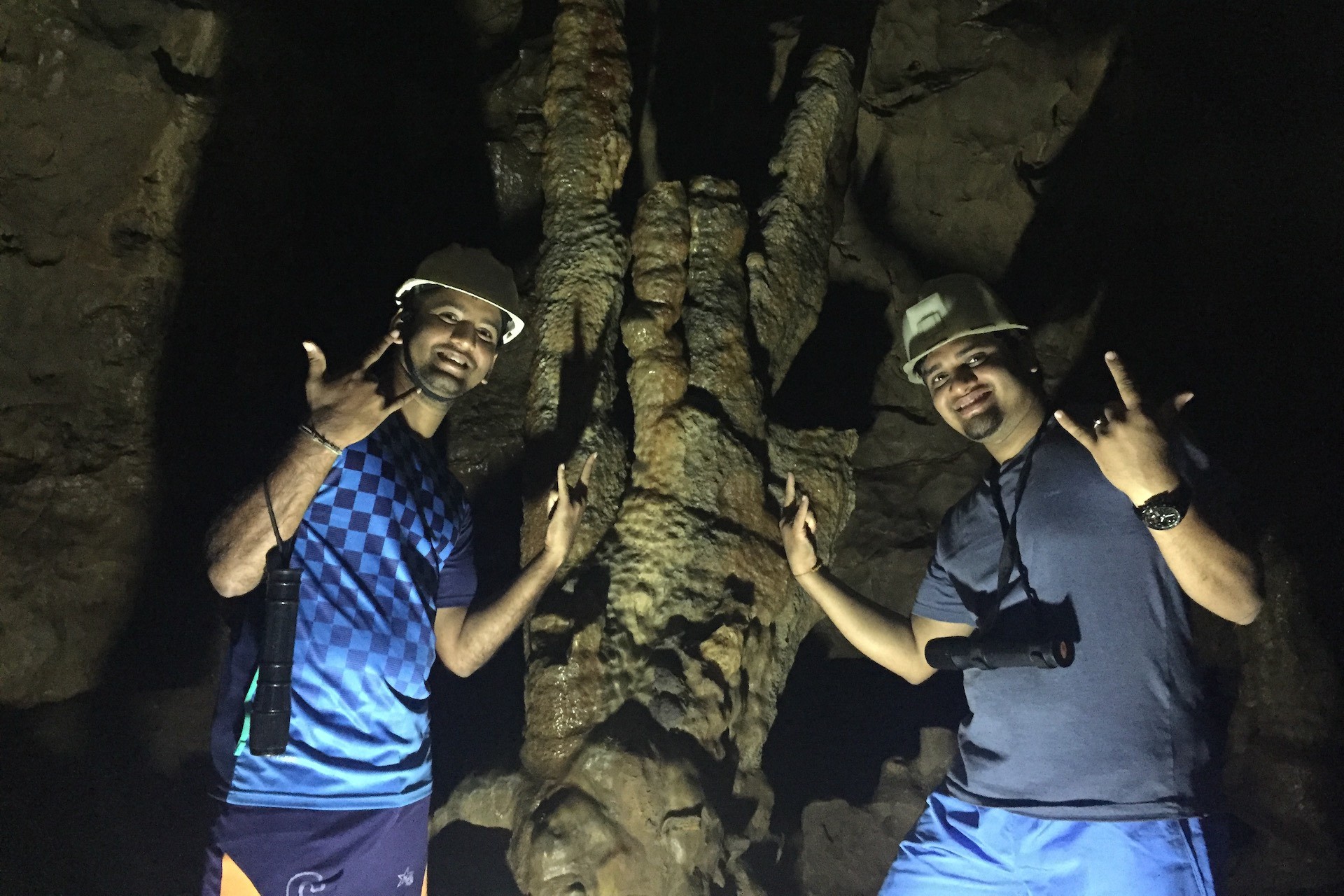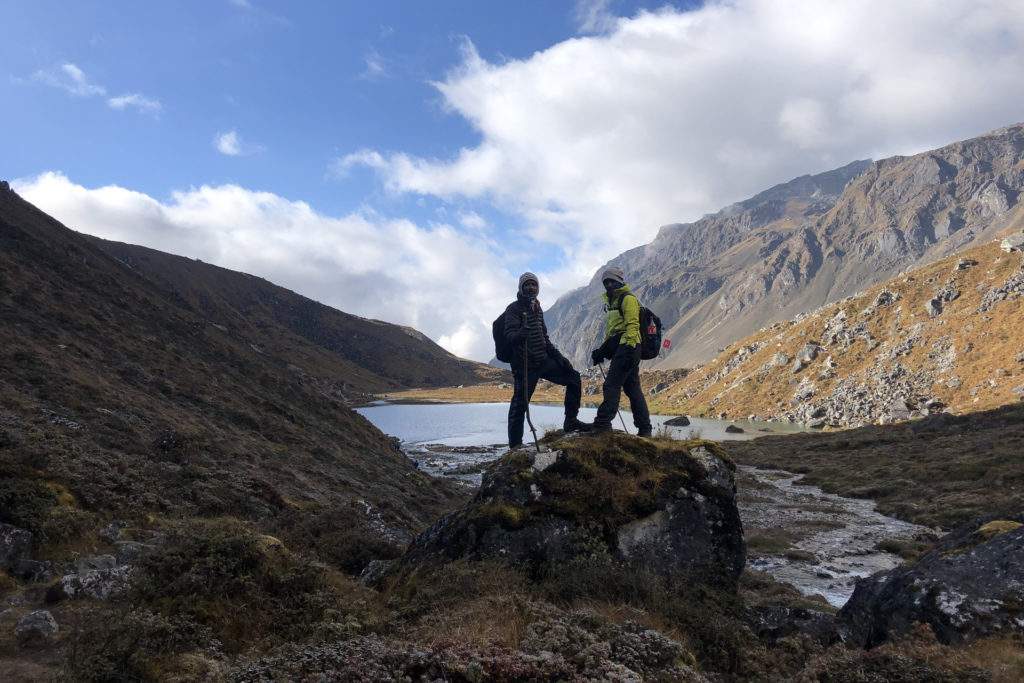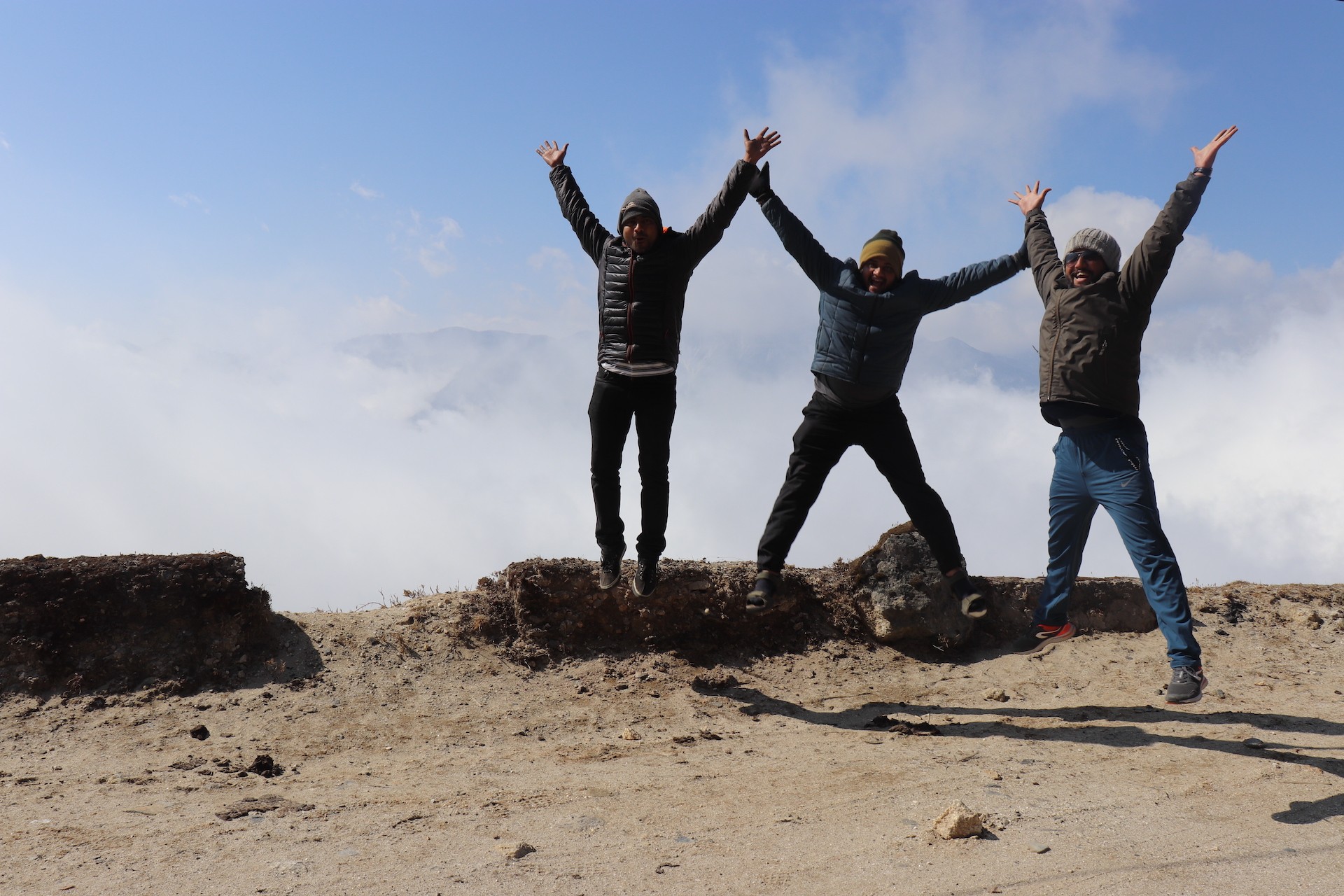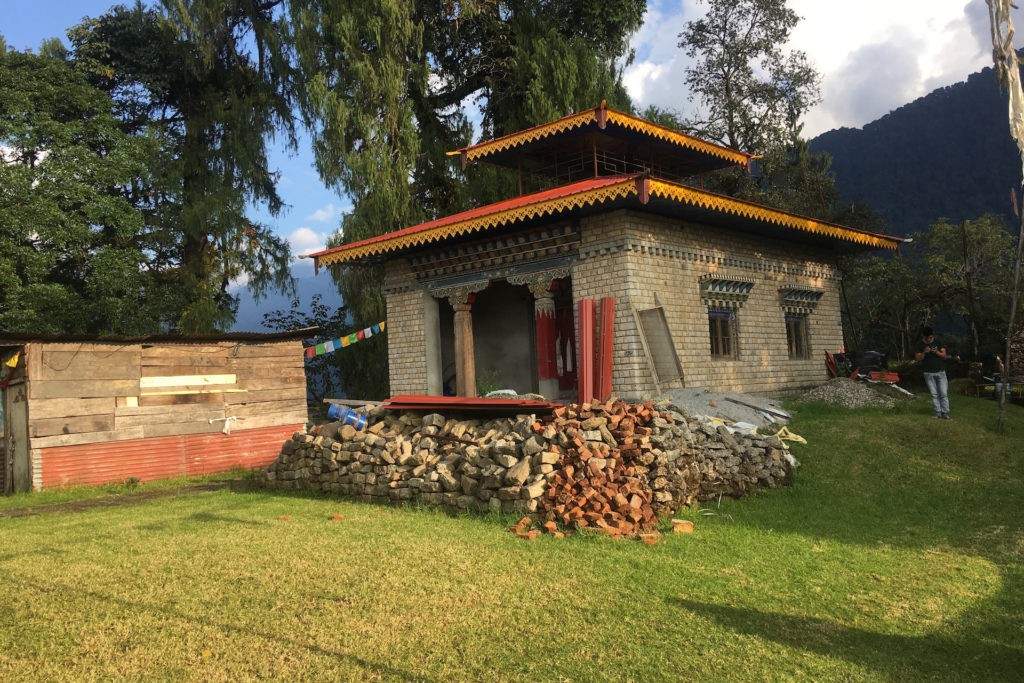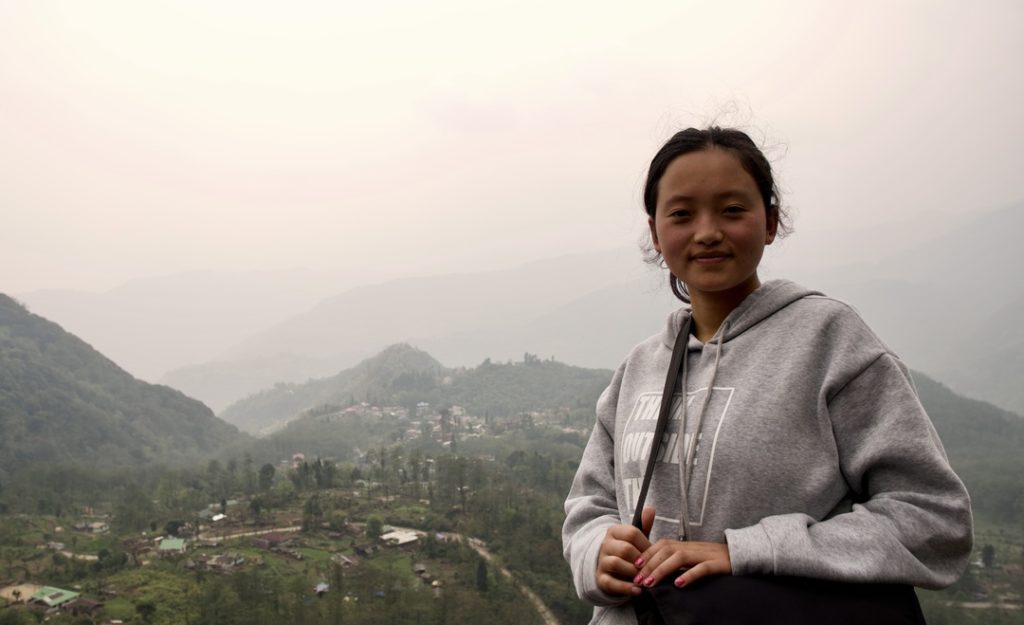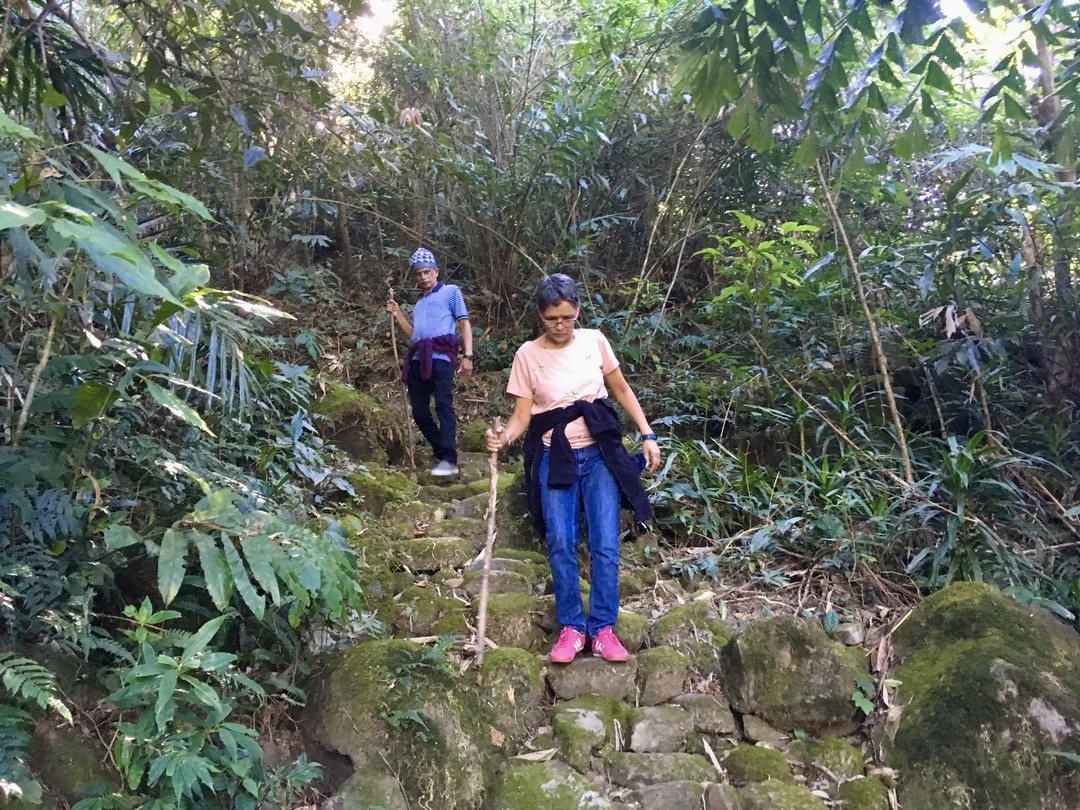North-East India is one of the most fascinating destinations in India and the globe. The north-eastern people believe in living a stress-free and healthy lifestyle as they consume organic vegetables and fruits. Adopt the secret lifestyle using Medicinal shrubs
North-eastern cuisine offers a wide range of exquisite flavours and this was previously unavailable in any local cuisine on the market.
Considering the fact that northeast Indian’s won’t compromise on their health, leads them to grow garden-fresh vegetables, fruits, and herbs.
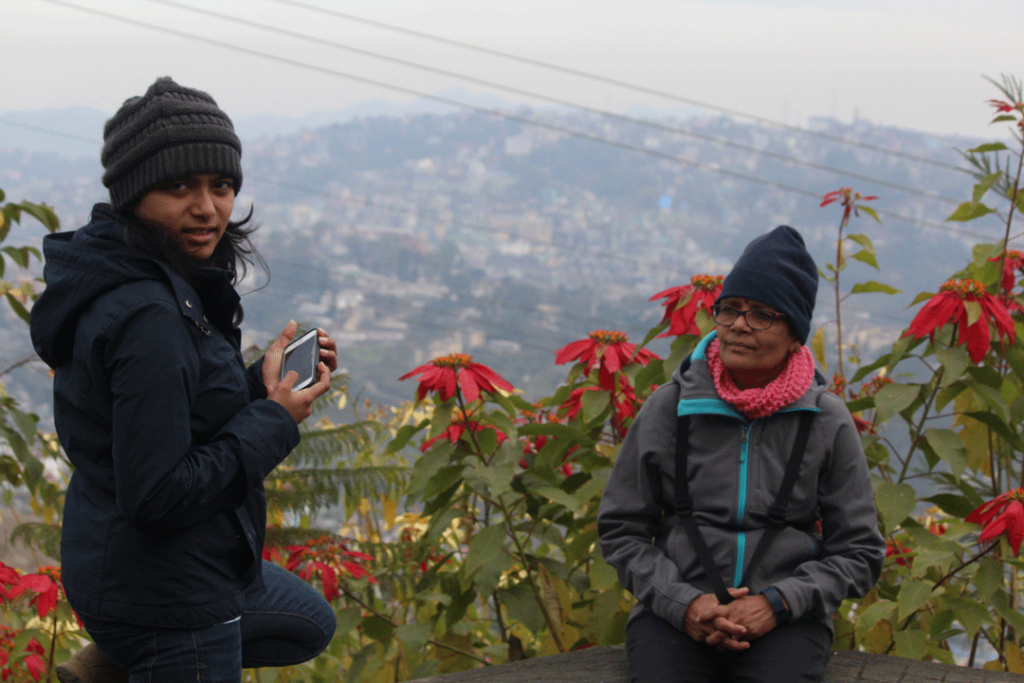
Secret Herbs for Healthy Lifestyle
Exotic herbs, exotic vegetables, fruits and nuts, unprocessed rice, whole grain, and multigrain flours, immersing, sprouting the grains, and minimal use of oil and keeping the maximum nutrients essential for the body’s health are among the foods from the Northeast.
Organic farming
Organic farming is rightly gaining popularity in recent times. The government of North-eastern states Like Manipur, Mizoram, and Nagaland have been very instrumental in leading the organic cultivation and farming policies.
Realizing the significance of a healthy lifestyle in this region, the reason being its chemical-free fertilizers and pesticides which declares Sikkim to be India’s first fully organic state.
Fermenting, immersing, and germinating will lower phytate levels, Thus resulting in increased digestibility. In addition, According to ICAR specialists, fermented foods heal mineral deficiencies by absorbing zinc and iron.
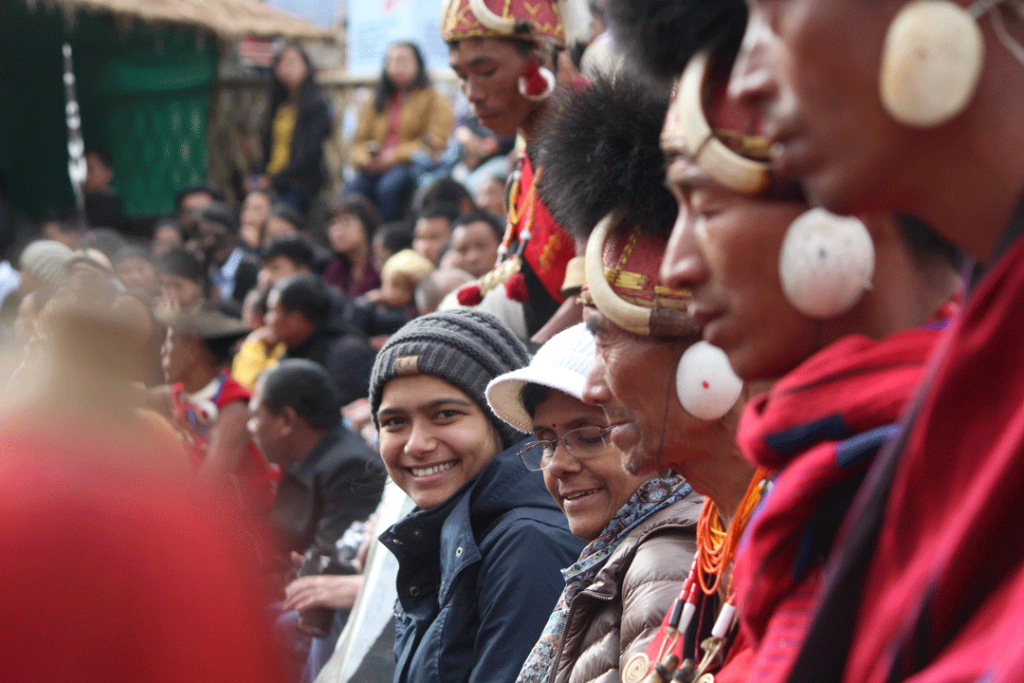
Natural herbs used in cuisine, salads, and sauces have medicinal benefits and are necessary nutrients for a healthy body. According to locals, the herbs may treat a variety of diseases and even recover shattered bones.
For Example, Their green and red tea, including numerous herbal drinks and fruit juices, contain antioxidant and anticancer properties. These properties are beneficial to common cold cough, the digestive tract etc.
Medicinal shrubs for traditional healing practices
Traditional medicine is extremely important in rural people’s treatment of many sorts of diseases. The Rig-Veda and Atharva Veda both recognised and used herbal medicines During these times, the therapeutic plants’ treatments were well-known and long-lasting. The therapeutic plant treatments were well-known and lasted a long time.
Approximately 80% of the world’s population relies on traditional medicines for basic health care, the majority of which employ plant extracts.
It has a long history to treat a variety of diseases. In other words, Tribal groups use a variety of traditional healing procedures.
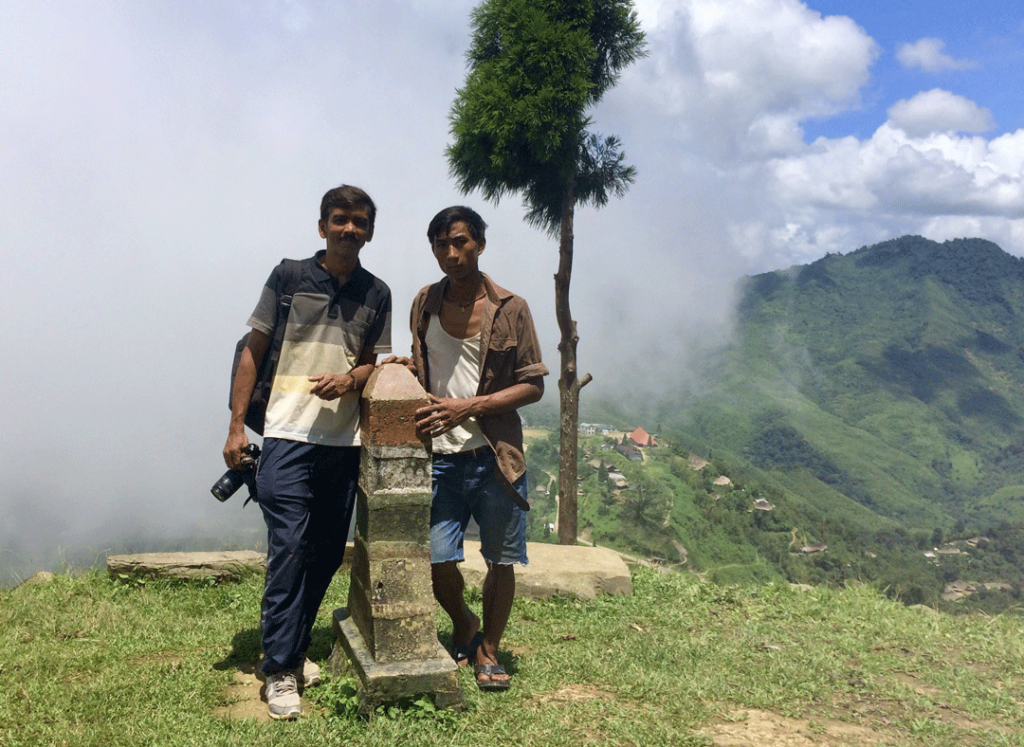
Mishings are an ethnic group that lives in the districts of Dhemaji. Firstly, their tendency for living near river banks causes Malaria and water-borne diseases. Secondly, that’s why they develop traditional therapeutic techniques to protect themselves from various diseases.
Traditional medicinal techniques among Mishing tribes include the use of herbs. For therapies for cancer, HIV/AIDS, and a number of other health conditions, this community’s members always prefer traditional healing customs. Fresh drugs, crushed juice, a decoction of the portion of pharmaceuticals and powdered medications for oral consumption, and a paste for the local treatment of diseases and skin wounds are the most common forms.
They employ locally accessible medical herbs, produce medicines from various habitats, and dwindling medicinal plants. They have confidence in divine powers and worship practices to treat illnesses.
Medical Application
In North East India, malaria and jaundice are two of the most frequent ailments, and traditional healers have utilised 68 plants to treat malaria and 88 herbs to treat jaundice. A tree’s juice and bark are harvested. This is administered orally in water to treat malaria. Similarly, Jaundice is treated with a mixture of leaf pulp and talmisri.
For instance, Malaria and jaundice are two of the most common illnesses in North East India, and traditional healers have used 68 plants to cure malaria and 88 herbs to treat jaundice.
Mishing community expanded their expertise by learning from other adjacent cultures and using plants found in and around their villages to treat a variety of diseases.
Cuts, wounds, sprains, and skin disorders are all treated with Medicinal shrubs and herbs. Among them are Centella Asiatica, Houttuyiniacordata, Phyllanthusemblica, and Terminaliacitrina. Most important Herbs are available in supermarkets.
Medicinal shrubs In North East India…
In this paragraph, we will look at north east states in particular. For example, Meghalaya is rich with 850 plus medicinal plants. The majority of the population uses 377 of them.
The original inhabitants have extensive knowledge of local plant resources as remedies, which they have used for centuries. In addition, the rural community uses Herbal plants in their households. Mainly as a self-help approach in Assam. Assam rural people consume herbs as part of their nutritional diet. Above all, it was used in Indian medicine.
This proves that people in this region are incorporating the use of herbal plants into their daily lives, which aids in keeping their bodies healthy and preventing diseases.
Arunachal Pradesh is also known to be a gold mine of biological and socio-cultural diversity in India’s Eastern Himalayan region.
The state is home to 26 major tribes and over 110 sub-tribes that have a close affinity with nature. In addition, the state’s residents have their own customs, traditions, and medicinal systems, and they rely heavily on woods and forest products in their daily lives.
Sikkim has a significant collection of medicinal plants. Sikkim has a unique folk medicine culture. Ayurvedic literature indicates a variety of raw medications found in Sikkim’s abundant flora.
Above all, in Sikkim Himalayas region, tribal people employ over 420 herbs for medical illnesses.
Final Thoughts
In conclusion, various significant medicinal plants are common in Northeast India. This makes the country’s medical businesses dependent on raw materials for the creation of specific medicines. Additionally, the industry may prove to be highly promising for northeast India. Do support the Medicinal shrubs and herbs lifestyle growth.

